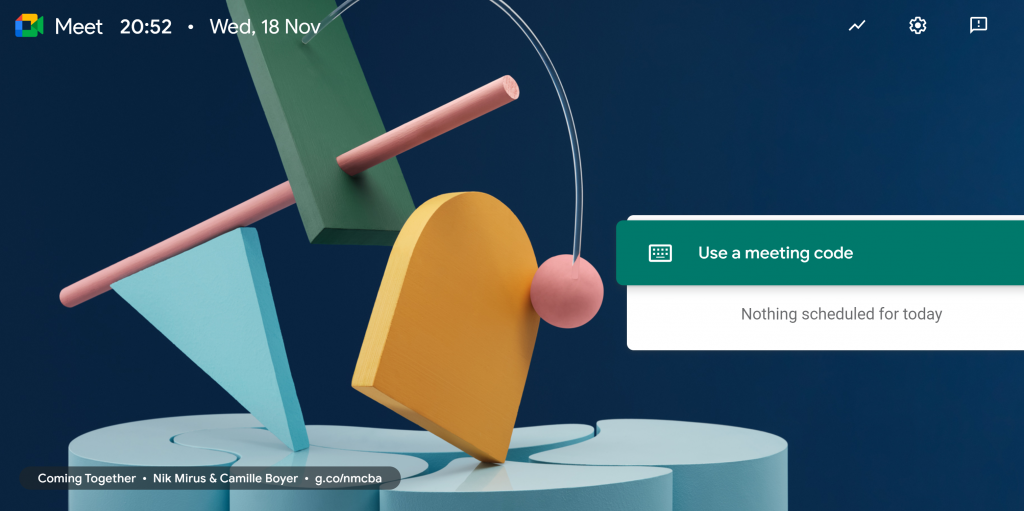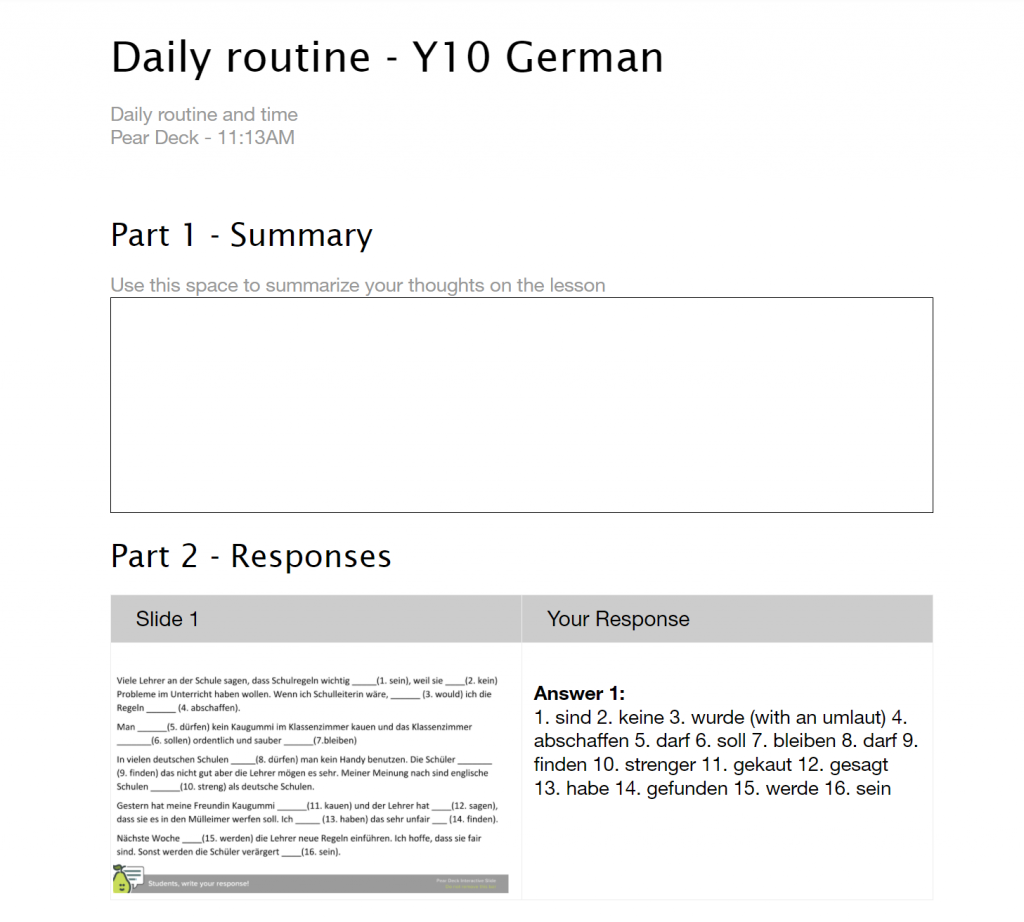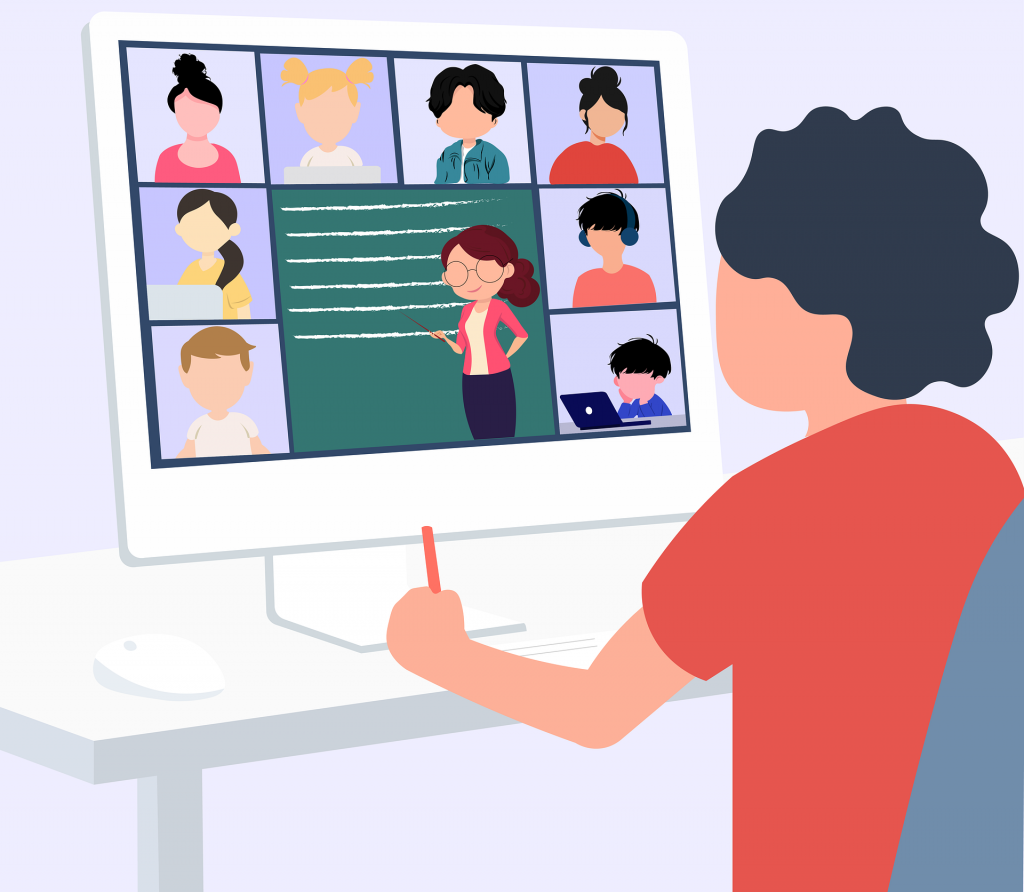School has really helped support us throughout these uncertain times and I am very grateful for how well teachers adapted to the newfound challenges of guided home learning. I am especially thankful for how much teachers check up on us academically and pastorally. It has really made a difference!
Hannah – Y11 Student
Why did we enter online guided home learning?
In March 2020, the government set guidelines for all schools to be closed, in order to further prevent the spread of the pandemic Covid-19. Our school, Sheffield Girls’ entered online guided home learning, for what was then unknown, a period of 3 months. The efficient system we adopted, allowed us to follow our habitual timetables, with different, one hour lessons each day, which continued at a similar pace to before.
How were the lessons delivered?
During the beginning of online home learning, we were delivered a variety live ‘face to face’ lesson or individual work. This was managed through platforms like Google Meet and Firefly (our school learning platform). As pupils, this novelty of a sudden increased independence was complemented with the responsibility of joining Google meets on time, or simply working through specified tasks, sheets and presentations sent for the lesson.
However through the progression of Covid-19 restrictions and further government guidance we were required to continue this approach to learning throughout the end of the Summer term. A few amendments made, and we now had all our lessons online with mandatory live Google Meets for each subject.

What was the structure of the lessons?
The structure of online lessons was similar to that of previously experienced lessons in school. The continued variety of lessons structures was carried through very realistically, with the same formalities like the register, starter activities and the main content of the lesson.
Some lessons shared pre-prepared notes on google docs, which significantly reduced time ordinarily spent copying everything down. For example, Economics shared a document with all the necessary notes, questions and activities incorporated throughout. We would be allocated a specific time to answer and then reconvene on Google meet and discuss the video/quiz.
The use of Google Meet, allowed us to ask questions as normal. Teachers would explain the new topic and quiz us throughout. In this sense it was similar to a typical lesson at school, because the whole class could hear, and the interactivity was maintained.
What websites/resources were used?
The effort put in familiarising the entire school with platforms like; Google Meet, Firefly, Onenote, Peardeck and G-Suite was clearly seen. There was an evident surge in confidence from school teachers to pupils – as we saw a more frequent use of these programmes, throughout this uncertain period of time.
The use of OneNote and Google Docs, which was not unfamiliar to many, created a similar marking system to that of in school, with a constant flow of marking and feedback from teachers, directly given to students. On the other hand, Pear Deck which is an interactive add-on to Google Slides, was new to the vast majority. This presented teachers with the opportunity of discovering how to share a presentation and add interactive activities to it, with multiple functions like annotating, drawing, or simply responding to a question. Pear Deck allowed teachers to add audio and see each individual’s answer through the teacher dashboard. A notable advantage/feature was the review of each lesson sent to the individual student. This ensured every participant had a copy of all the presentation, along with the questions and their responses.

Is there anything that could have been improved?
The delivery of live lessons were excellent with the teachers managing to explain everything to a very high standard, this made it very helpful. However, some extracurricular activities could have been done remotely and there could have been a larger variety of clinics online (help sessions offered by school for each subject.
Isabelle – Y11 Student
Technology helps…
This increased reliance on technology may have been a cause of lots of laughter and tears (I will leave you to decide which was most prevalent at the beginning…) Nevertheless, these technological endeavours truly paid off in maintaining a very similar standard of teaching to before this unexpected twist in our education.
Image by Hatice EROL from Pixabay
